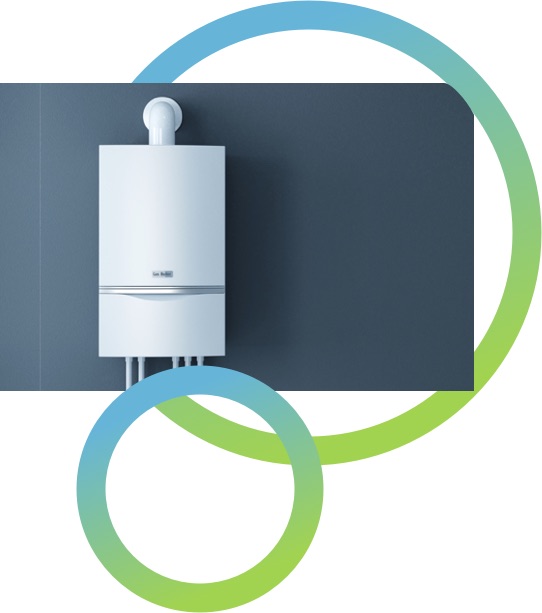We can produce Hydrogen in many ways. We can use renewable power to produce it through electrolysis. To produce larger quantities we would use methane reforming along with carbon capture.
Methane Reforming with CCUS provides a pathway for low-cost bulk hydrogen production. This process involves splitting methane into hydrogen and carbon dioxide (which is captured and stored) leaving a stream of hydrogen. Methane Reforming is best suited for bulk production due to its economies of scale and efficiency.
Biohydrogen produced from waste products (such as wood pellets) will also play a critical part in achieving a net zero energy system because it creates ‘negative emissions’. By storing underground the carbon originally absorbed by the trees that have become wood pellets, we are making a net reduction in the amount of CO2 in the atmosphere.
Find out more about CCS here. Biohydrogen can also be produced from waste products.

Electrolysis is the process being used to produce the hydrogen for the HyDeploy demonstrations. The process involves using electricity to split water into hydrogen and oxygen. Electrolysis is best suited for local production such as on a forecourt or for fuel cell transport.
An electrolyser is the most practical way to produce hydrogen for a project of this size and duration. It avoids the need to transport and store hydrogen on site, or build extensive infrastructure. Project partners ITM Power, an energy storage and clean fuel company, have supplied the 0.5MW electrolyser.
Find out more about ITM Power’s other projects here.
Blending hydrogen and natural gas
The mixing of the hydrogen and the normal gas will happen before the gas enters the pipes.
This will be done in a special injection and mixing unit which can be carefully controlled and monitored to ensure that the hydrogen and natural gas blend remains consistent as gas flows vary.

Hydrogen in the pipes

Across the UK, old iron mains gas pipes are being replaced by new plastic ones.
This UK wide programme is over 50% complete. The new plastic pipes can transport hydrogen and other green gases.
The gas network is complex and there are lots of other pipe materials underground. These need to be tested with hydrogen so HyDeploy and other projects are investigating this as part of their work.

